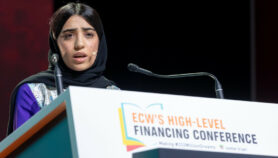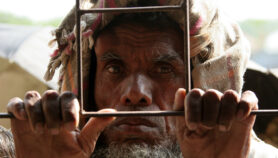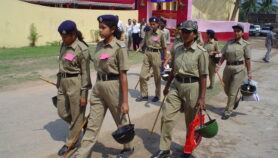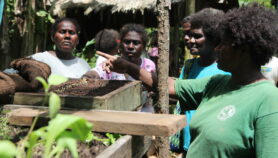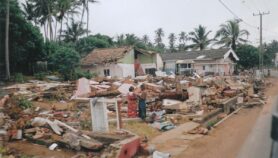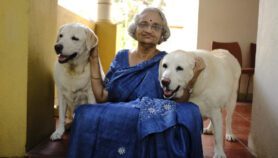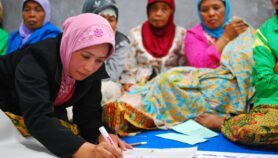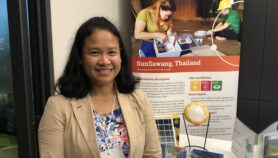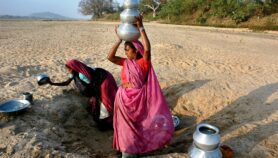Send to a friend
The details you provide on this page will not be used to send unsolicited email, and will not be sold to a 3rd party. See privacy policy.
[LAHORE] Following on the popularity of the Gender Management Information System (GMIS) set up by the Punjab government in March 2016, plans are afoot to set up similar online databases in Pakistan’s three other provinces.
The GMIS, a searchable database, reflects the parity status for men and women across six thematic areas — demographics, governance, health, education, economic participation and opportunities, legal rights and violence against women — with the help of analytical charts, graphs and maps.
Fauzia Viqar, chairperson of the Punjab Commission on the Status of Women (PCSW), who conceived and manages the project, tells SciDev.Net that “various institutions have begun data collection on new indicators and the creative collaboration for data sharing is a positive spinoff of the project."
According to Viqar, Sindh — the second largest of Pakistan’s provinces after Punjab — already has a commission on the status of women. Progress is slow in Balochistan province, and in Khyber Pakhtunkhwa there is lack of support from the local government, she says.
Data collection in Punjab will be a continuous process with information constantly updated on the GMIS and a gender parity report explaining trends released each year. The first report was released in June.
The PCSW, a statutory body mandated to collect and maintain a database relating to women and gender issues, houses the GMIS established initially with financial support from Development Alternatives, Inc. but is now funded by the Punjab government.Viqar says that hurdles to the project include non-availability of data, especially data segregated by gender. The commission found it difficult to obtain consistent, reliable and representative data from all the 36 districts of Punjab. “It was either not obtained, not collated or, not provided when requested.”
Abdur Razzaq, head of the project team at The Urban Unit of the Punjab government, tells SciDev.Net that the first report from Punjab confirms insufficient participation of women in the workforce, especially in decision-making roles.
The report also shows redundancy in legal aid bodies and other support systems, worsening conviction rates for crimes against women and disparity in wages. This data will be crucial to reporting on international commitments such as The Convention on the Elimination of all Forms of Discrimination Against Women, Sustainable Development Goals etc. that the PCSW is mandated to monitor and report on.
Razzaq says that the database will greatly help planners in preparing gender responsive budgets and working on gender responsive urban planning and other fields related to women’s status and issues.
Hameeda Waheed-ud-Din, minister in the Women Development Department, states that even during data collection phase for the GMIS it became apparent that various government projects and initiatives for the advancement of women had not been implemented in true spirit.




